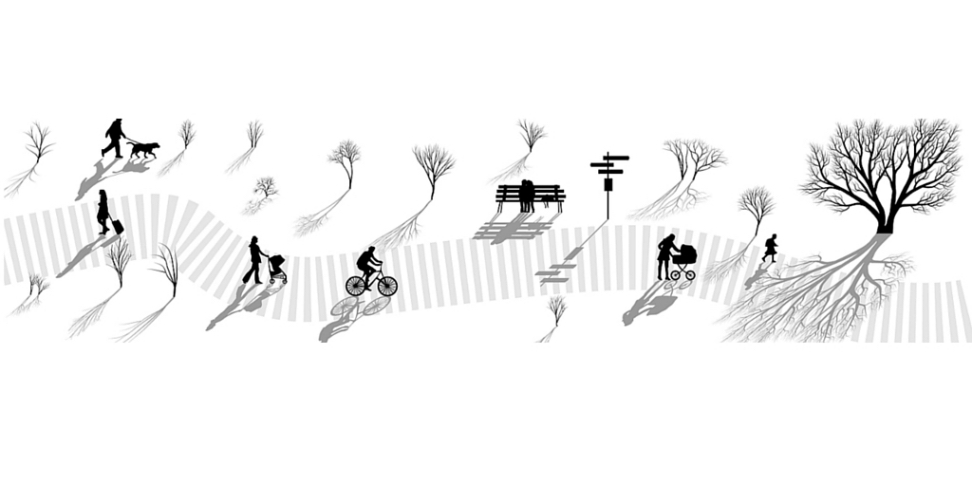Designing human behaviours
Can human behaviours be designed? It is certainly within us to influence others to behave in a manner that suits us. No guarantees unless it suits them also. Some are flexible others not so. Some lead and others follow.
Most startups in the tech space change behaviours in some way, some without much of a soul and their offer is called ‘pointless’ by their very ‘users’. And yet the behaviour was changed anyway. On that note It is quite curious that some investors state as one of their criteria to not invest in a startup is that it requires changing human behaviour. Funny that!
What then is it to be designing human behaviours? For example in a rapidly changing context there is no precedence for the product and its use. Think back to mobiles, TVs, Twitter. All of these changed human behaviours, these changes were recorded as they happened. When we design human behaviours we anticipate those opportunities and understand the meaning of them to the product and then build for them.
Past
How did we align plans and behaviours in the past? How did we transition to the notion that we design behaviours?
- Manipulating was the operative word in the beginning of propaganda and advertising
- Impacting was the operative word in the beginning of mass consumption
- Delighting was the operative word in the beginning of personalisation or differentiation
- Researching was the operative word in the beginning of choice and proof
- Analysing was the operative word in the beginning of digital data
Future
Designing is the operative word in the beginning of no one ‘right’ answer, ditching benchmarking, i.e., the lowest common denominator among narrow current competition, creating new worlds, taking positive risks rather than the ‘do very little’ risk. I prefer the former. Much more fun to make decisions that make sense when future logic is added to the mix.
Speed
If you have all the data and proof you are already late. The world has moved on.
Context
Analysing data may provide great insights to contexts where the finding and the action are not too far from each other. For example some marketing and advertising contexts benefit from it. If you can safely assume that ‘projections’ from the data patterns and history are correct then by all means. I would just add a caveat. Most contexts shift due to data that isn’t understood to have an impact. The variables are many and the speed at which we now interrupt projections is fast.
Influencers
As per some well known examples we now acknowledge the power of designing by reading in between the lines. No need to ask anyone. Just follow a logic that makes future sense. As most decision-makers cannot operate with the powers of a dictator you need to convince others that what you are talking does indeed make sense. For this you need some systematic methods to create the future world (strategic foresight).
Fundamental shift
Designing human behaviours is a huge departure for the previous operative approaches. To do well you need to understand humans beyond them being a consumer and beyond what they could possibly tell you. This demands humanity skilled people to be at the frontline of corporate operations. This does not just mean ‘humanities’ skilled but a multidisciplinary approach to comprehending the context of decision-making.
My tweets
Posts on…





